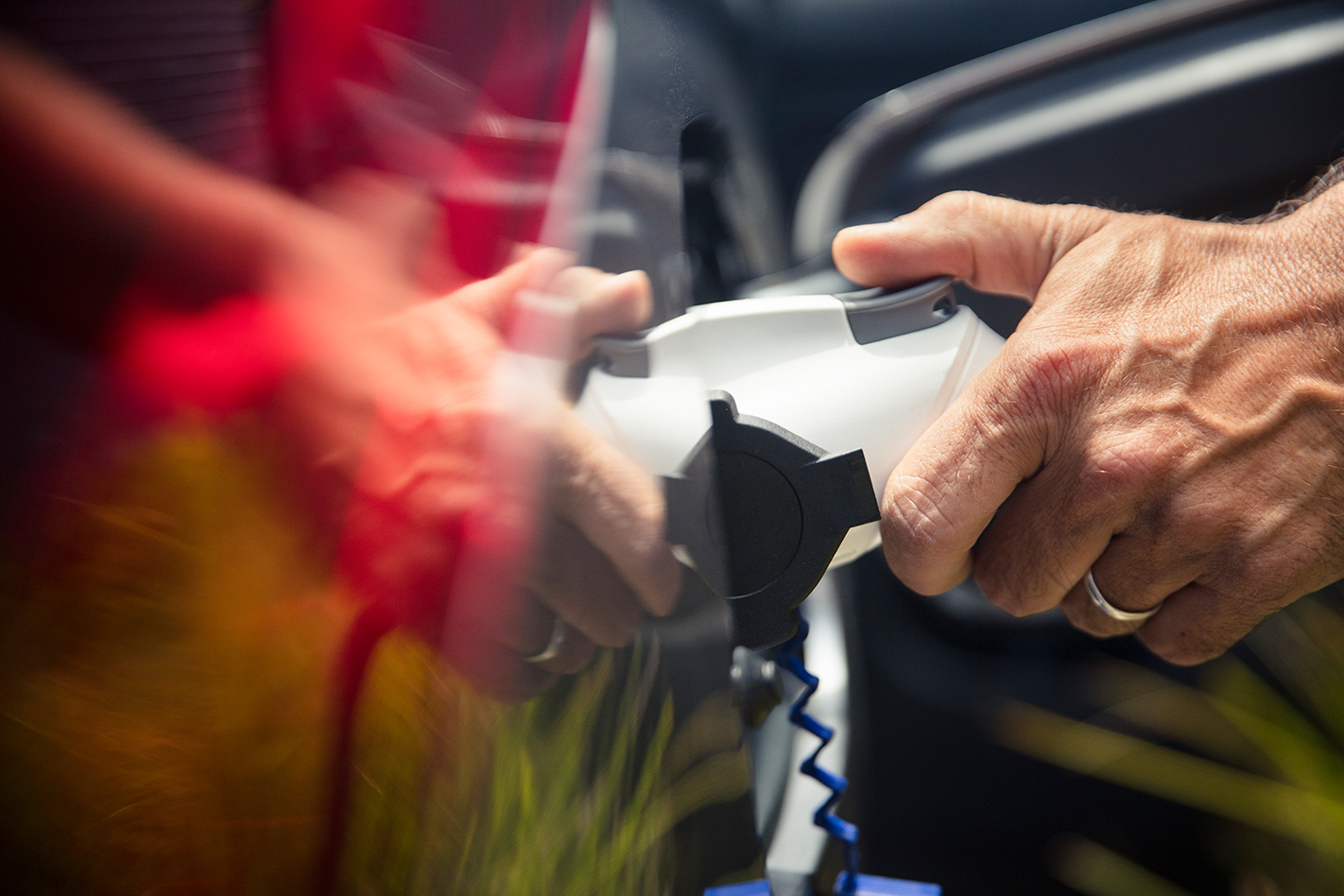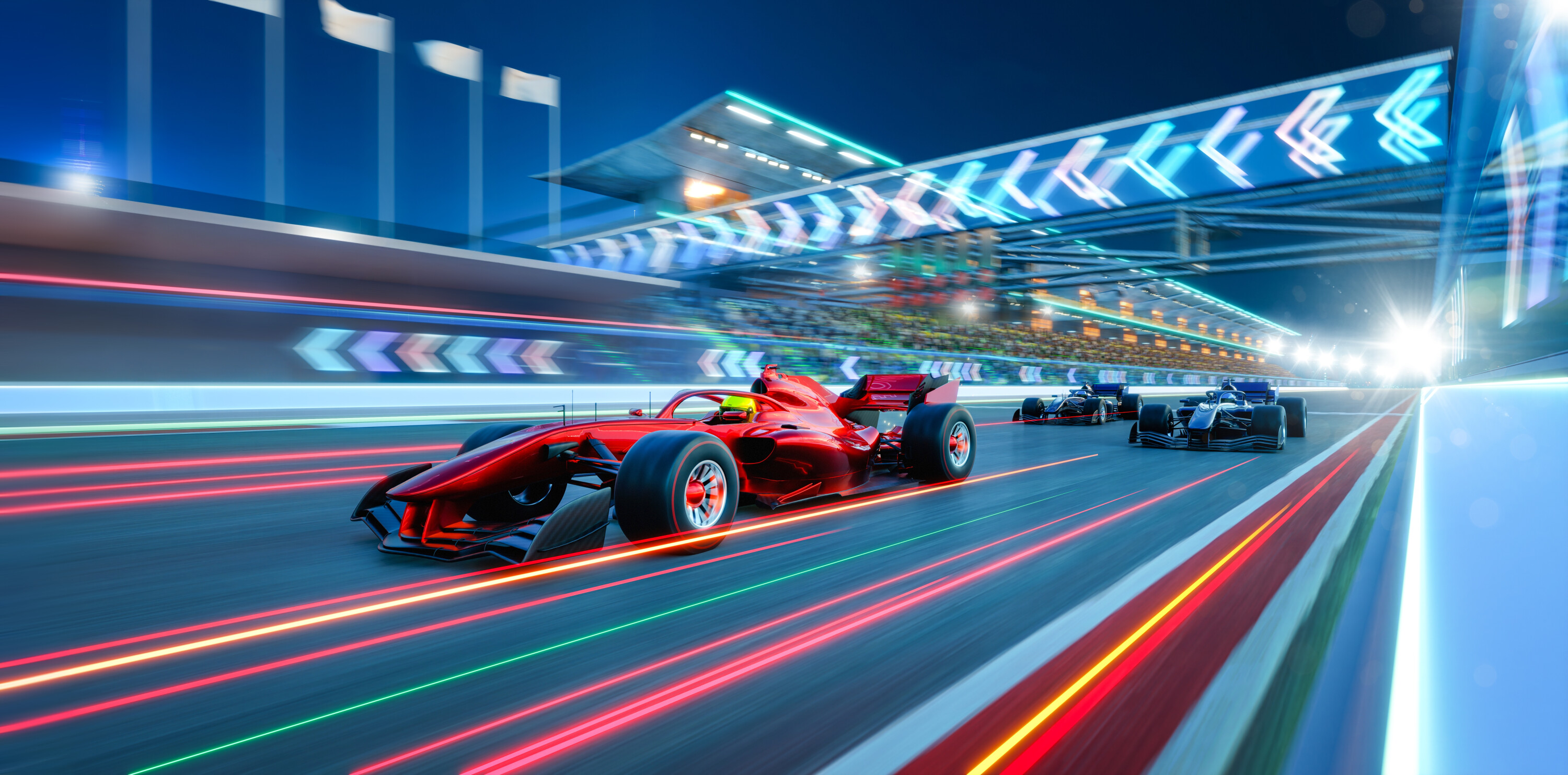“I’ll take one. In Seiran Blue with a manual box.” That was the message that pinged straight into my inbox from a colleague on the MOTOR team as soon as the new Nissan Z details were released last week. I can see why.
If you were to ask MOTOR’s readers to come up with their wish list for the ideal sub-$100k sports coupe, it’d probably have around 300kW, send drive to the rear wheels, offer the choice of a manual gearbox, have stability control that goes all the way to zero and isn’t so overweight that it’ll chew through all of its consumables.
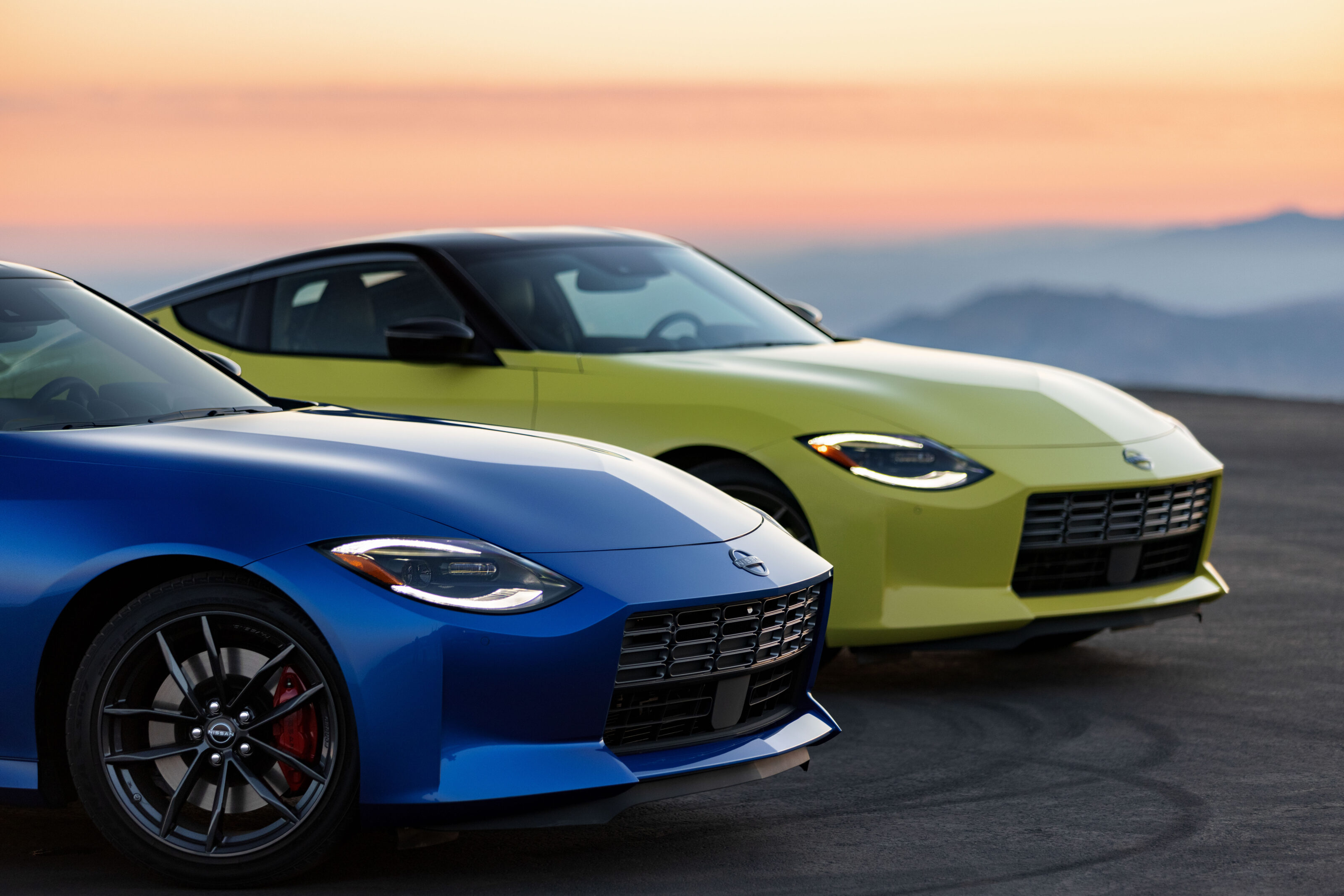
The Nissan Z delivers on all of those counts bar the last. Nissan hasn’t released a kerb weight figure for the car yet and the FM chassis on which the new Z rides delivers great weight distribution but earned a reputation as a bit of a bloater, tracing its roots all the way back to the 2001 V35 Skyline.
Look at the numbers, however, and that’s not really the case at all. When the 350Z, which also used the FM underpinnings, appeared in 2002, it weighed 1454kg which was considerably less than an E46 M3. Fast forward to 2008 and the 350Z’s replacement, the slightly smaller 370Z, had only put on a handful of kegs at 1466kg. That’s less than today’s Toyota Supra or, come to that, a Focus ST.
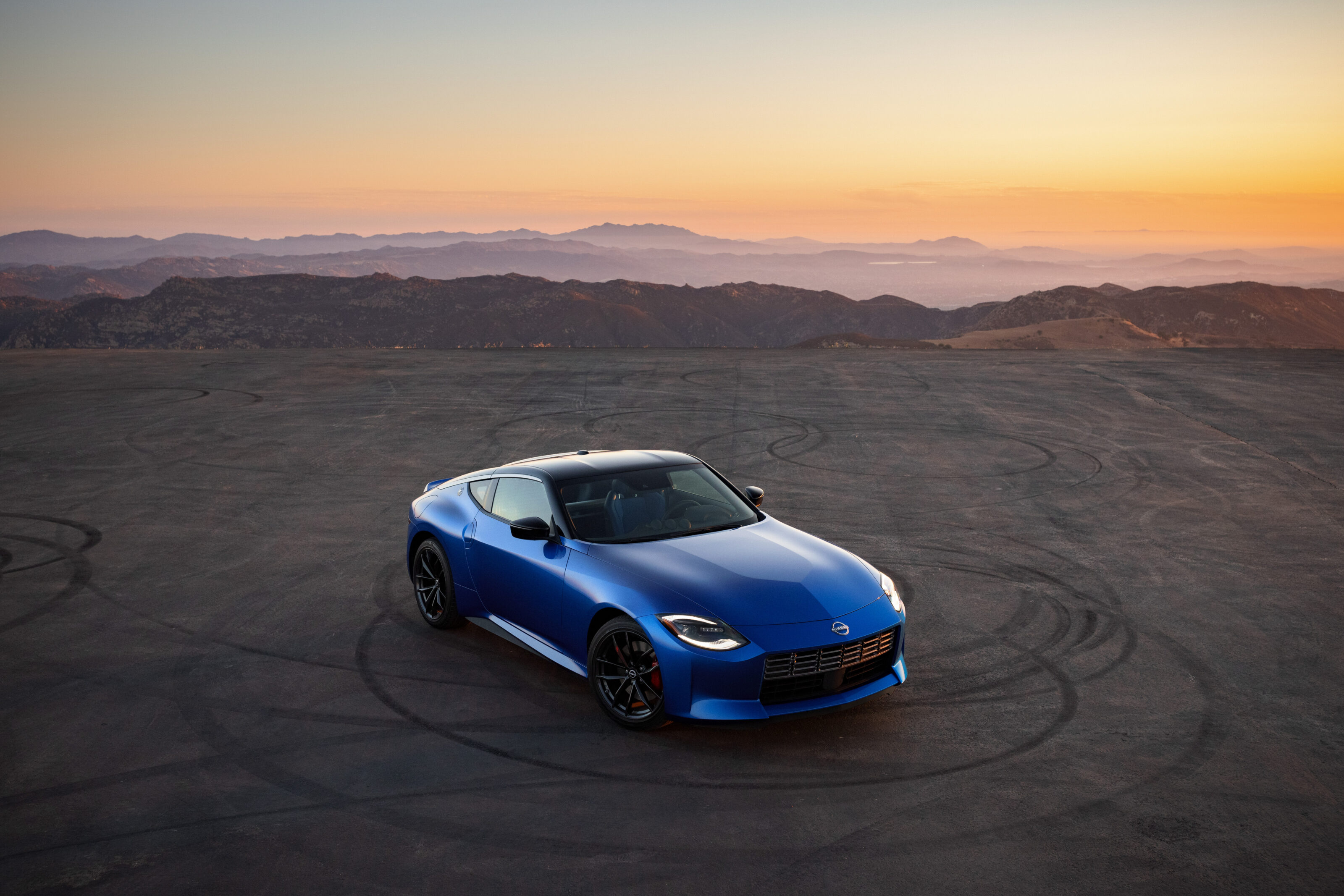
Toyota’s 86 has put on 40kg despite riding on a carryover chassis that has been torsionally strengthened by 50 per cent. If the Nissan tips the scales at anything less than 1525kg, that’ll be a job well done. It won’t be easy though. There’s the weighty matter that the outgoing atmo VQ37 V6 in the 370Z weighs around 50kg less than the Z’s fully-dressed twin-turbo VR30DDTT six-pot. Factor in a bunch of extra safety equipment and the fact that body length has grown by 139mm and, well, you draw your own conclusions.
Personally, I love the way the car looks. A few had some complaints about the big rectangular aperture that forms the front grille, but I didn’t mind it when the Z Proto was unveiled last year and, given that we’ve seen the launch of BMW’s big grilles in the interim, it certainly doesn’t offend me now. I would like to see one wearing a number plate before I pass final judgement on how successful the front end styling has been, but it’s certainly a better-resolved piece of penmanship than that foisted on the Supra.
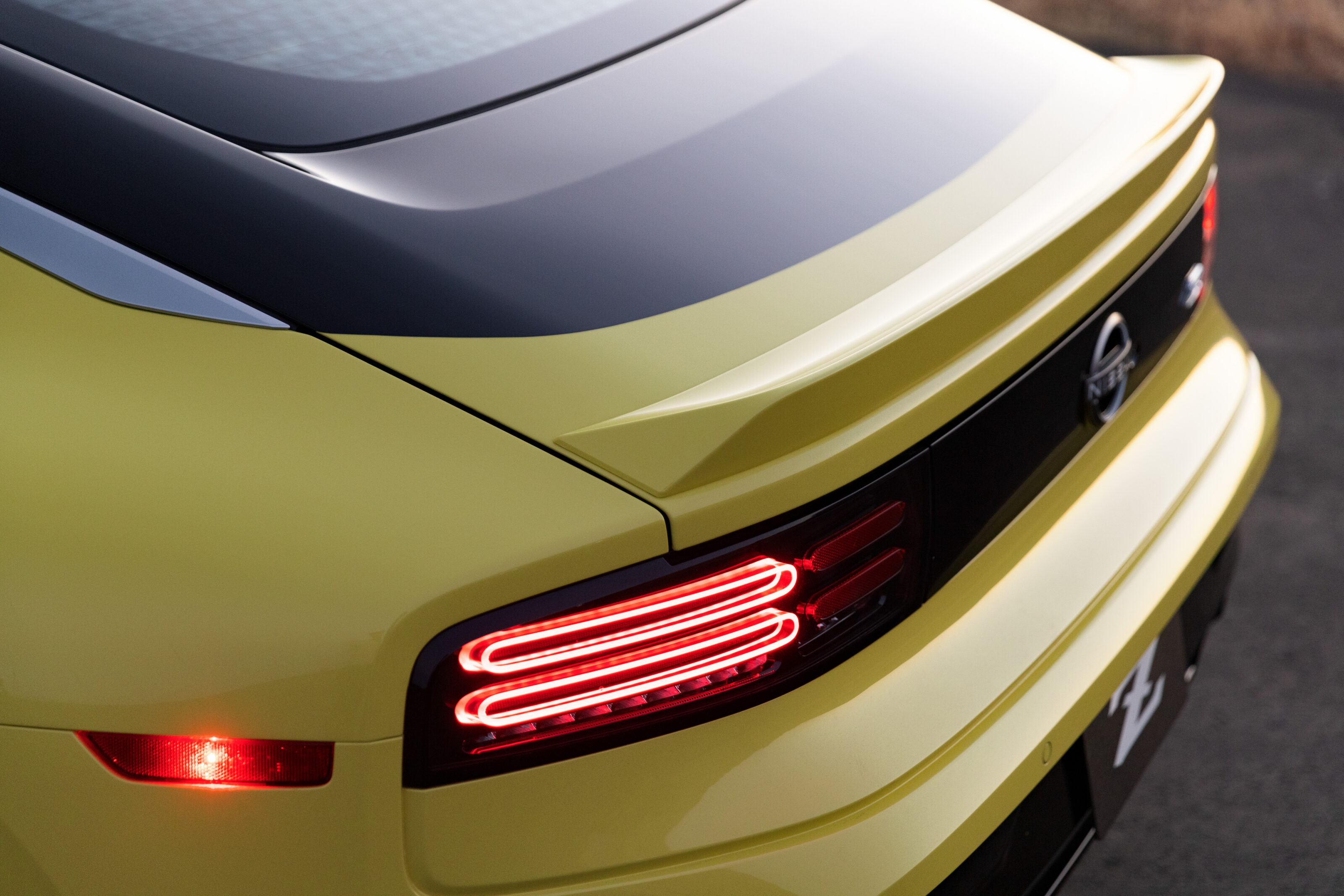
Nissan USA has settled on a two car model line up, Sport and the ritzier Performance trim, but it looks likely that when the car comes to Australia next year, we’ll just get one variant and, knowing Aussie buyers, it’ll be the full-fruit version. I find this a bit depressing. Were I in charge of bringing the car in, I’d polarise the two models still further, with a basic tuner-spec model that’s light and cheap at one end and the car that’s likely to arrive here at the other.
A budget tuner-spec version would create one heck of a buzz around the car in the enthusiast community, without cannibalising the sales of an entirely different demographic who want leather, metallic paint, high-end audio and a full suite of driver and safety assists.
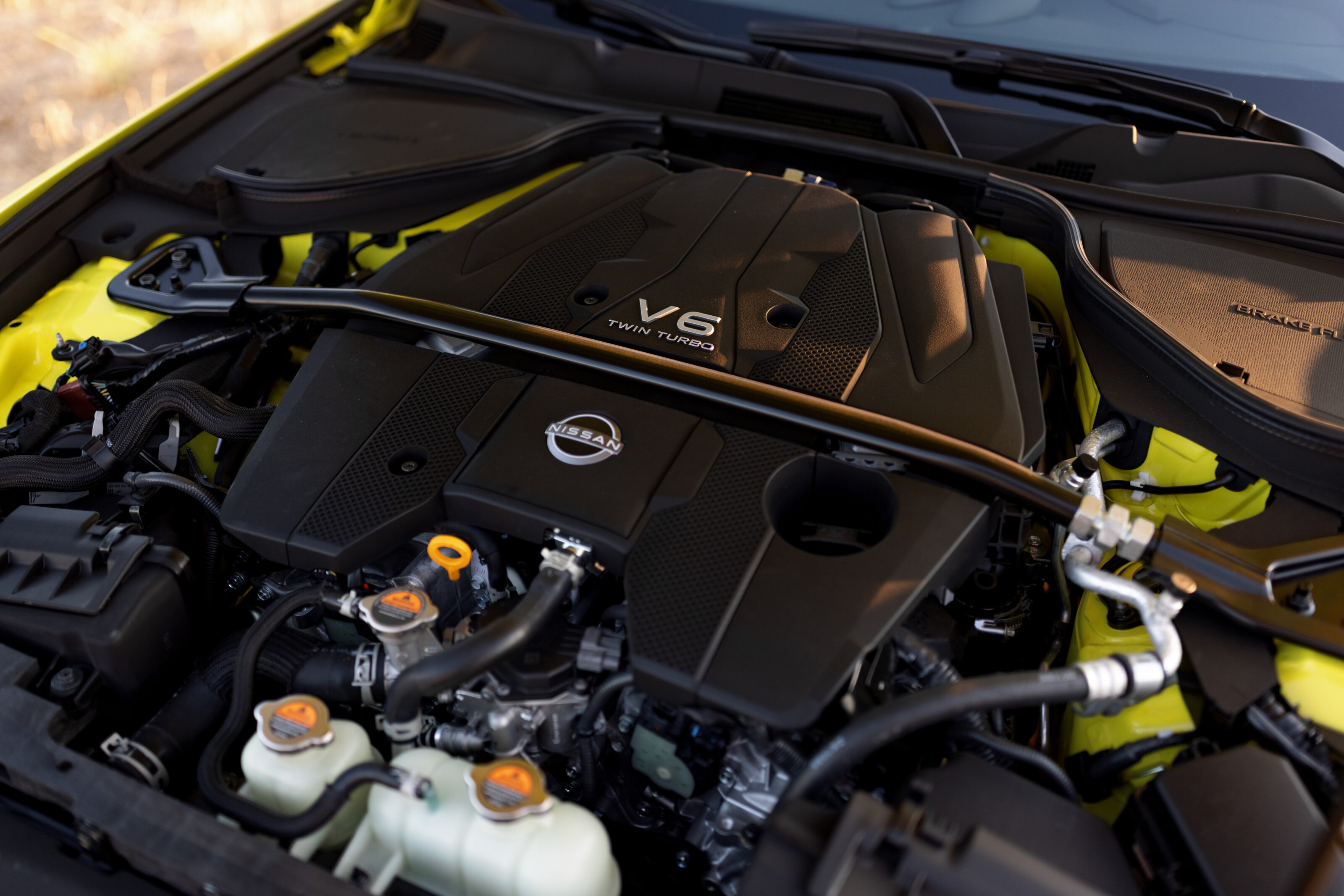
In trying to refine the Z, Nissan faces its biggest danger. Electrically assisted power steering debuts in the car, a departure from the 370Z’s hydraulic rack. The GT-R’s too. The electrically assisted steering on the Infiniti Q60 Red Sport (from which the new Z gets its engine) was utterly hopeless, sabotaging that car’s pretensions as a driver’s coupe.
The Infiniti system’s rack-and-pinion operation is controlled by a pair of small electric motors, one at each end of the rack mounted at 90 degrees. Four preset steering modes were offered, which affect the way the Steering Force Sensor and control modules interacts with the driver. In the middle of a conventional steering shaft is a nominally disengaged clutch, that can re-engage to create a reassuringly solid mechanical link should the electronics go on the fritz.
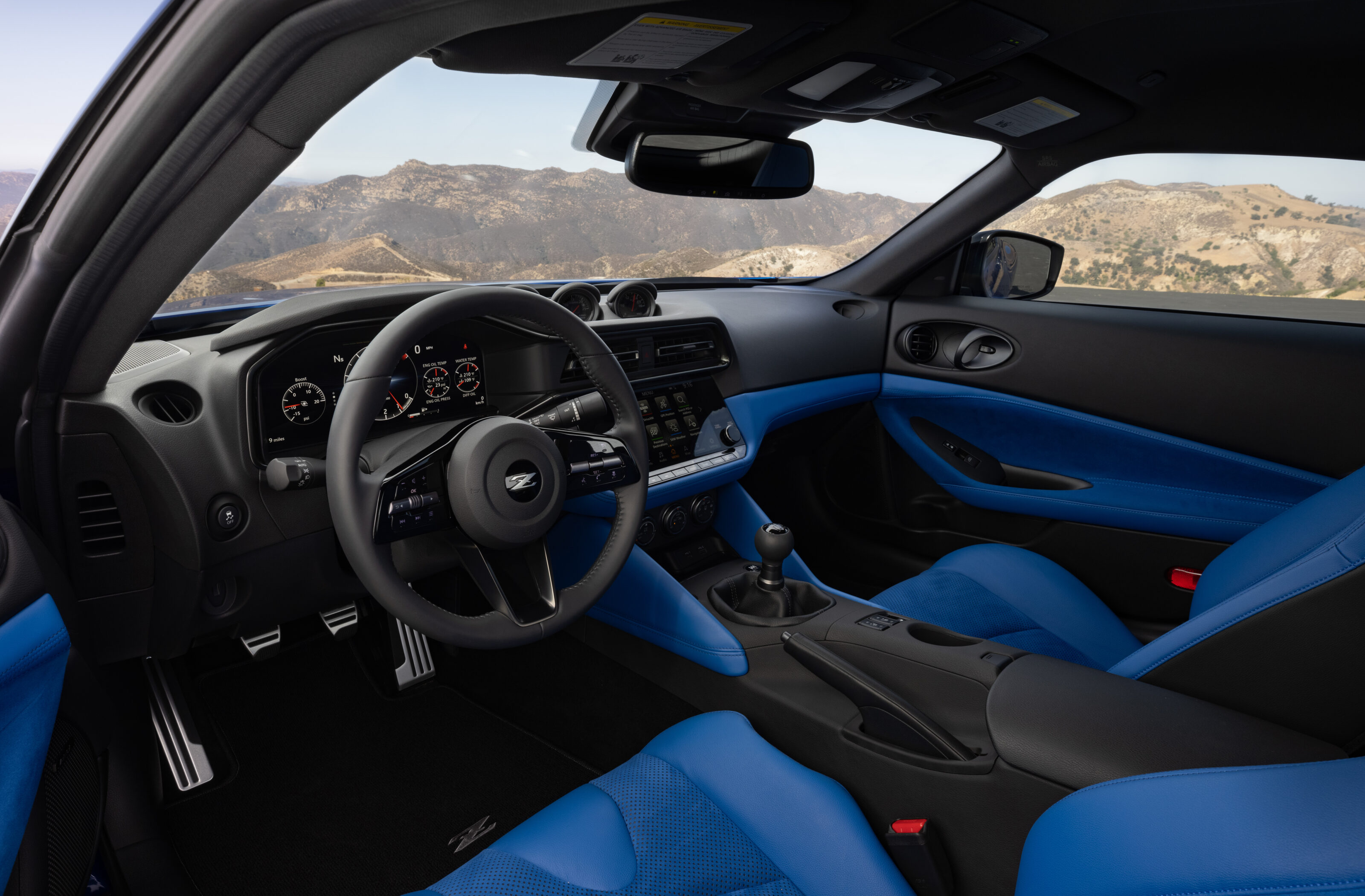
It’s unlikely that Nissan will re-engineer a better solution along the lines of Porsche’s parallel-axis EPS, which includes a step-down gearbox, and this pretty much defines whether the new Z will succeed or fail as a driver’s car. I just hope that it’ll drive like a Z-car and not an Infiniti Q60, a car with a great engine but generally mediocre dynamics.
In the meantime, we live in hope. Nissan could have built the car we’re all praying for. Or it could have created the biggest disappointment of 2022. Where are you putting your money?
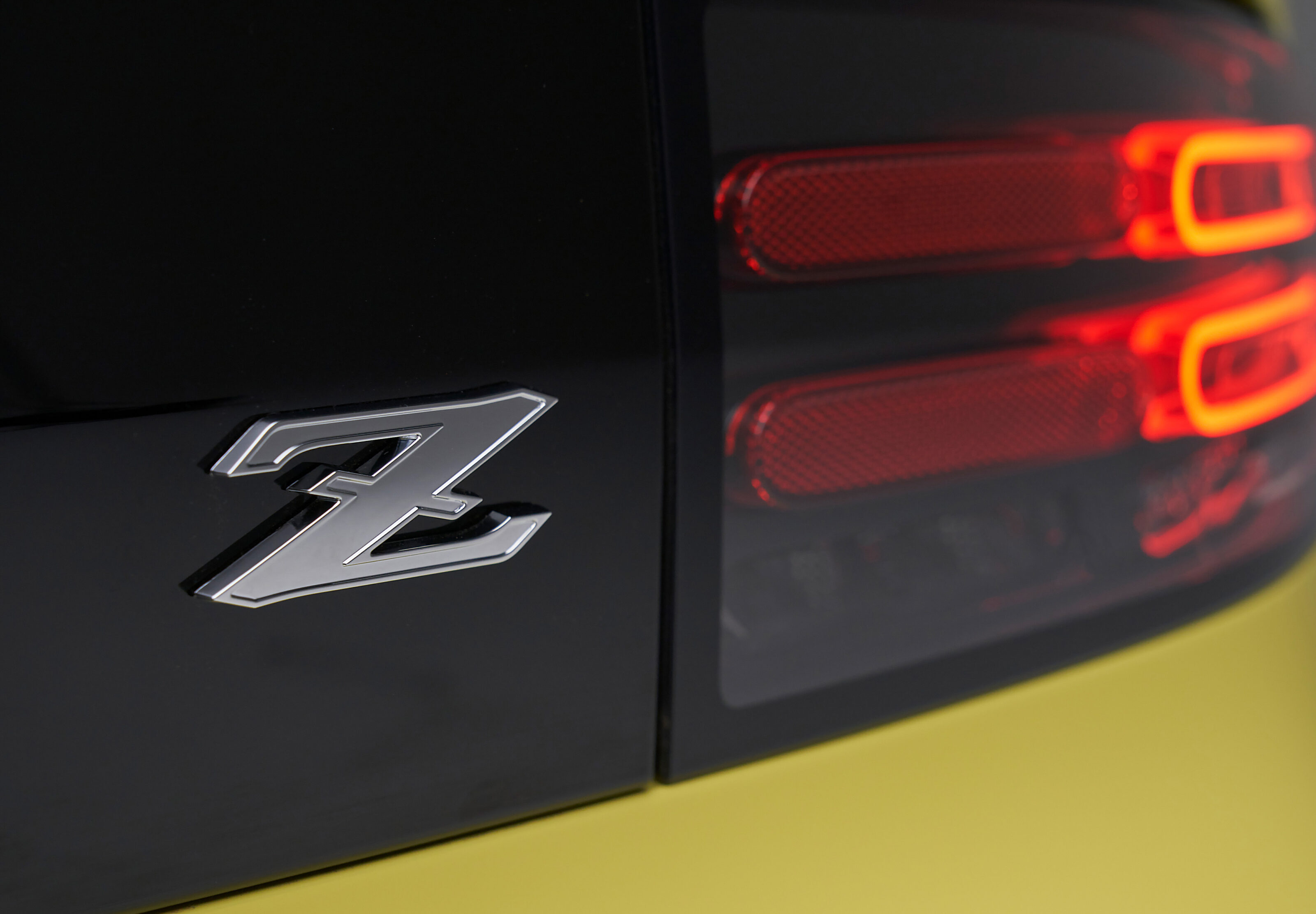
We recommend
-
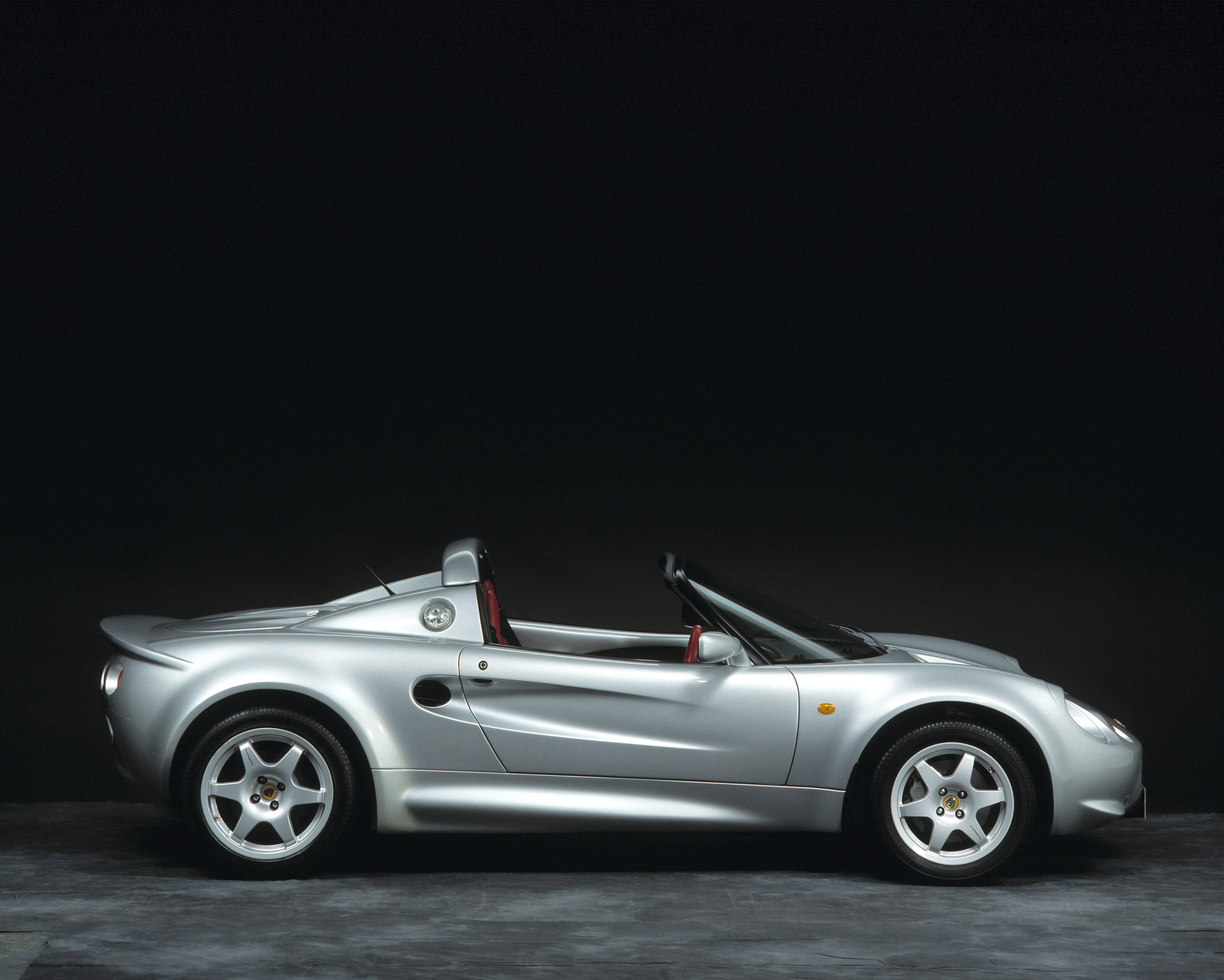 Opinion
OpinionOpinion: Progress isn’t the enemy for motoring enthusiasts
Car enthusiasts have never had it so good and yet we’ve never raged against the machine of progress quite so vociferously
-
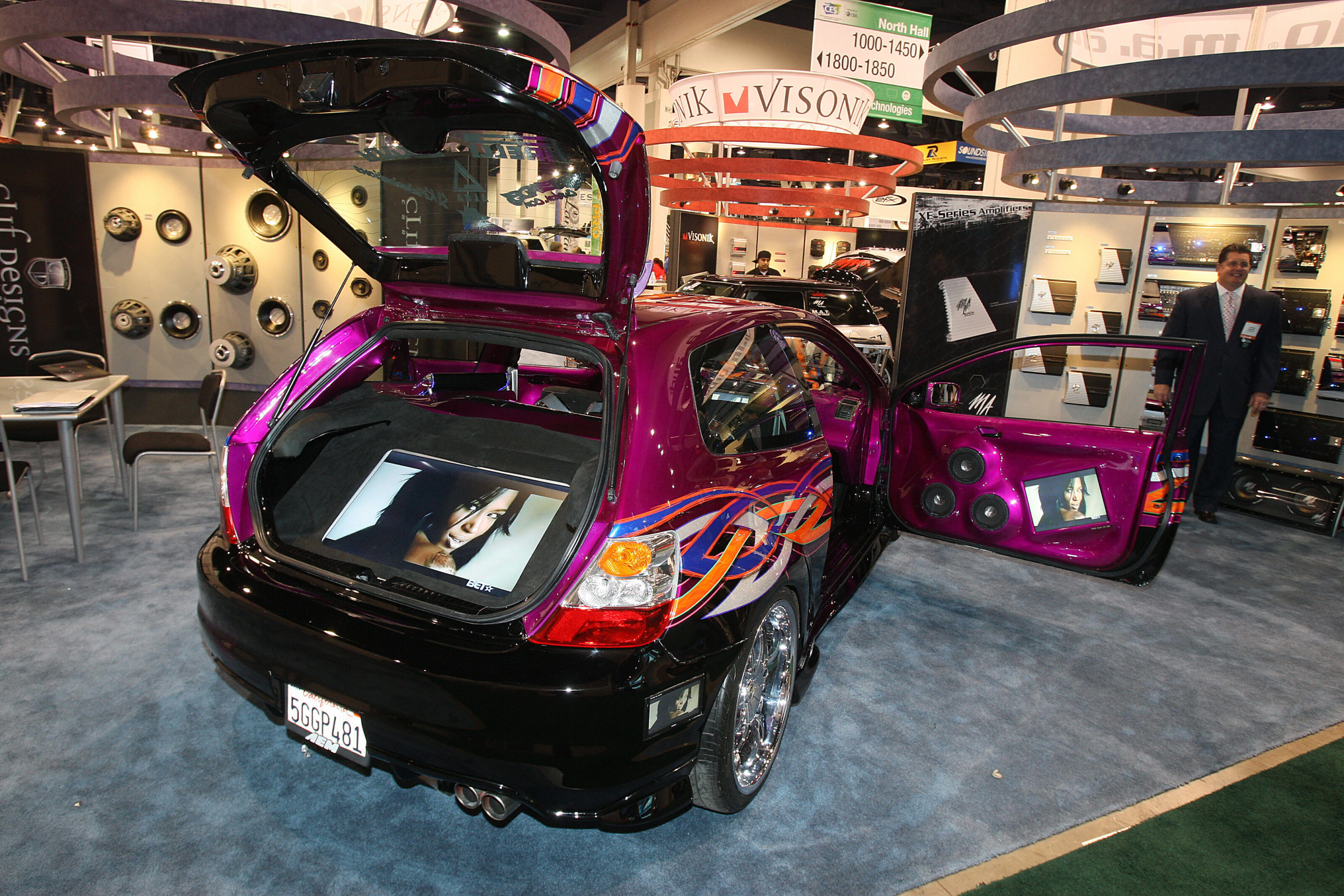 Opinion
OpinionOpinion: Form, function and fashion in the aftermarket car scene
From massive wings to questionable pod filters, car modifications are often based in function but that isn't always the case
-
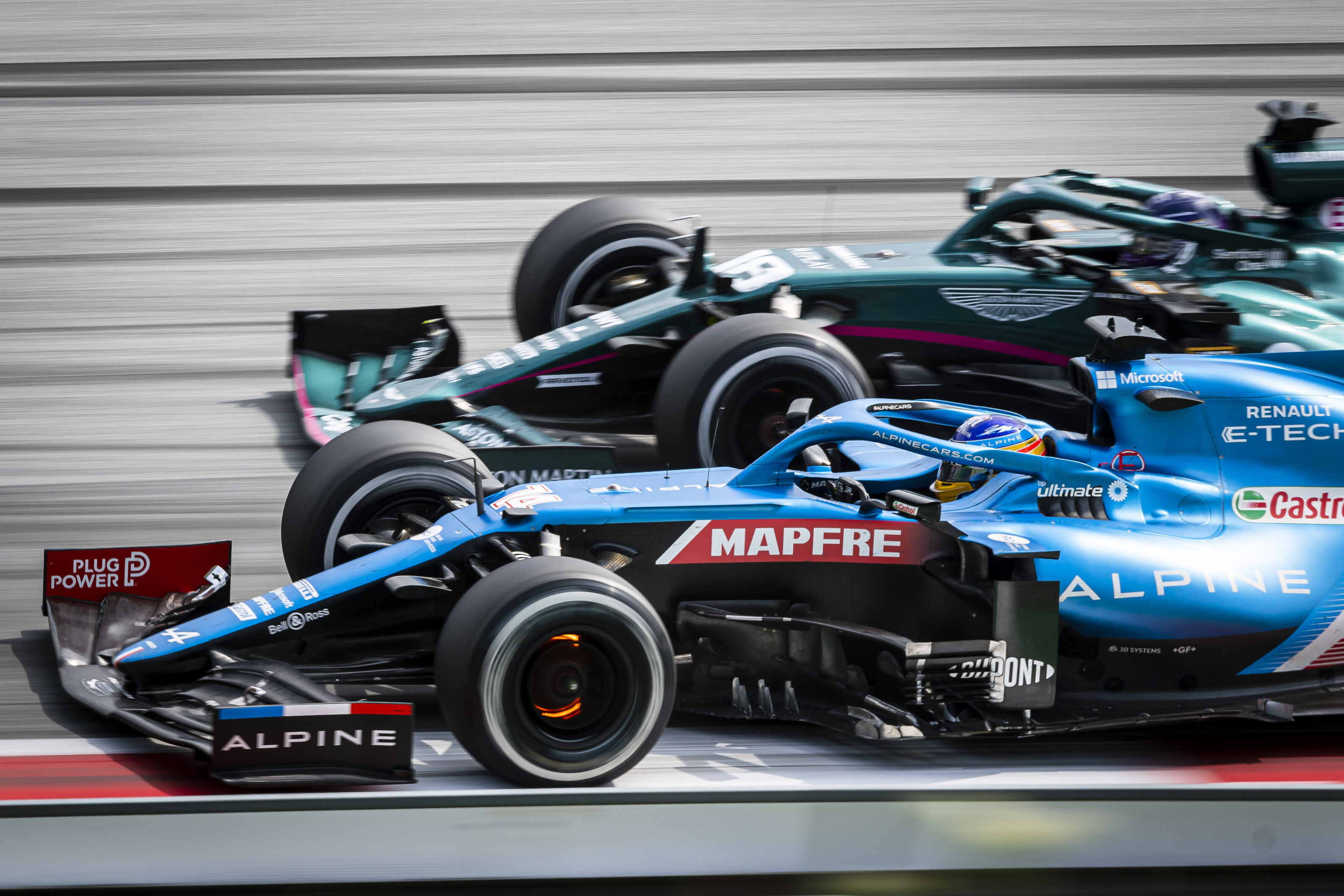 Opinion
OpinionWe rank every current F1 track from best to worst
From racing’s greatest hits, to atrocities best left abandoned, we investigate the merits of each grand prix track on the 2021 F1 calendar




